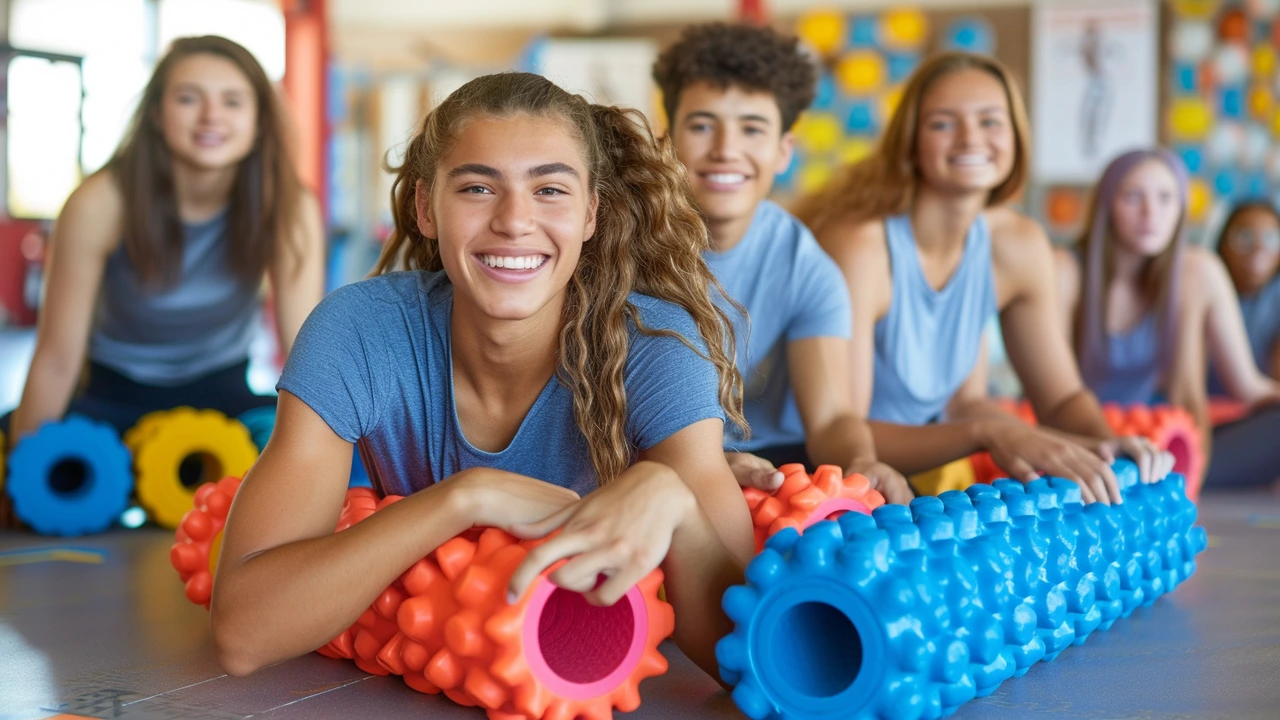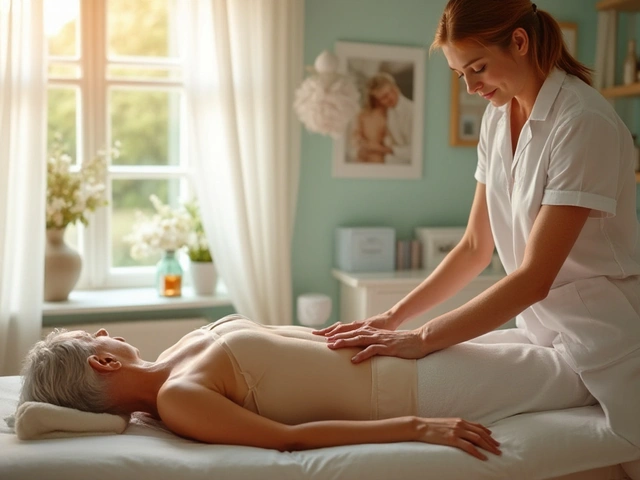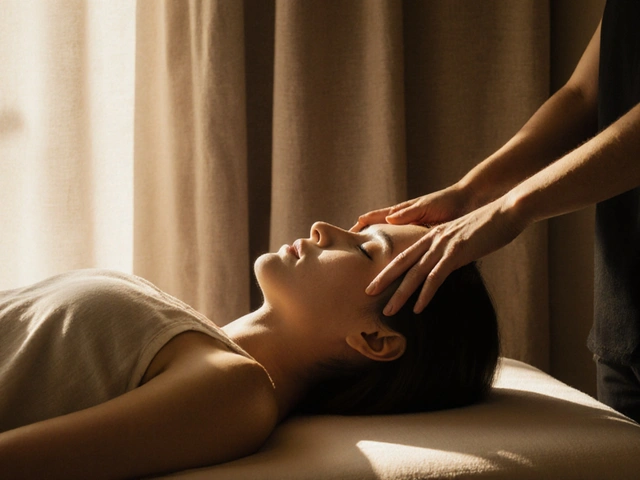Athletes: Massage, Recovery and Performance
Athletes push muscles, joints, and nerves to their limits; the right bodywork speeds recovery and keeps you training. This page gathers practical tips and clear choices so you can pick the best treatments fast.
Which massage when?
For heavy training days and after competition, deep tissue, trigger point work, or Amma massage reduce tightness and clear lactic build-up. Use warm stone or hot-stone therapy when you need to loosen tight areas gently and calm the nervous system. For chronic pain, low-force methods like Ortho-Bionomy, Hellerwork, or Feldenkrais help reset movement patterns and prevent re-injury. If you want flexibility and movement awareness to improve performance, Feldenkrais sessions or structural integration like Rolfing can be game changers.
For quick pre-event work, light acupressure and short sports massage sessions boost circulation without leaving muscles heavy. Palliative or blind massage are useful when comfort and tuned touch matter more than intensity.
Quick recovery routine
After a hard session, follow a short plan: rehydrate, move gently for five to ten minutes, do targeted foam rolling for tight spots, then apply ice to inflammation or heat for stubborn stiffness. Use breathing and a five-minute acupressure sequence for stress and headache relief. Schedule a restorative session within 48 to 72 hours when muscles feel unusually sore.
How to choose a practitioner? Look for a therapist who understands sports demands, can show experience with athletes, and communicates clearly about goals and techniques. Ask about session length, follow-up homework, and whether they coordinate care with physios or coaches. Trust your body: a good session reduces pain and improves range without causing new soreness.
When to avoid massage: skip deep work if you have a fever, fresh injury with swelling, blood clot risk, or open wounds. Always check with your doctor after surgery or when on blood-thinning medication.
Quick tools you can use at home: a lacrosse ball for trigger points, a foam roller for calves and quads, a heated pad for stiff traps, and simple acupressure on the temples or between the thumb and index finger for tension. Keep sessions short and focused; five precise minutes on one spot beats a scattered 30-minute routine.
Want to plan treatments around your season? Use deep recovery blocks after heavy cycles, maintenance sessions during competition weeks, and movement-focused work like Feldenkrais or Hellerwork between seasons. Small, regular sessions beat rare, intense fixes.
If you want articles that match these tips, check out posts on trigger point therapy, Amma massage for back pain, warm stone therapy, Ortho-Bionomy, and Feldenkrais on this site.
Try a simple weekly plan: on heavy training weeks aim for one 60-minute recovery massage and one short 20-30 minute sports session focused on problem areas. During competition taper to a single 30-minute tune-up 24 hours before events. In off-season replace intense massages with movement sessions like Feldenkrais or Hellerwork twice a month to rebuild posture and flexibility. Look for sliding-scale clinics or student clinics to save money. Keep a short training log after each session so you know what helps.

Why Athletes are Turning to Myofascial Release Therapy
Hey, guys! Just wanted to share something intriguing with you today. More and more athletes are using Myofascial Release Therapy to enhance their performances. It's an approach that uses pressure and movement to relieve tension in the fascia, the connective tissue surrounding muscles. Fascinating stuff, especially if we consider the potential for improved recovery and performance. Want to learn more? Stay tuned as we delve into this latest fitness trend.
Categories
- Health and Wellness (148)
- Alternative Therapies (86)
- Massage Therapy (40)
- Travel and Culture (15)
- Beauty and Skincare (9)
- Holistic Health (8)
- Health and Fitness (5)
- Spirituality (5)
- Other (2)
- Personal Development (2)
Popular Articles



